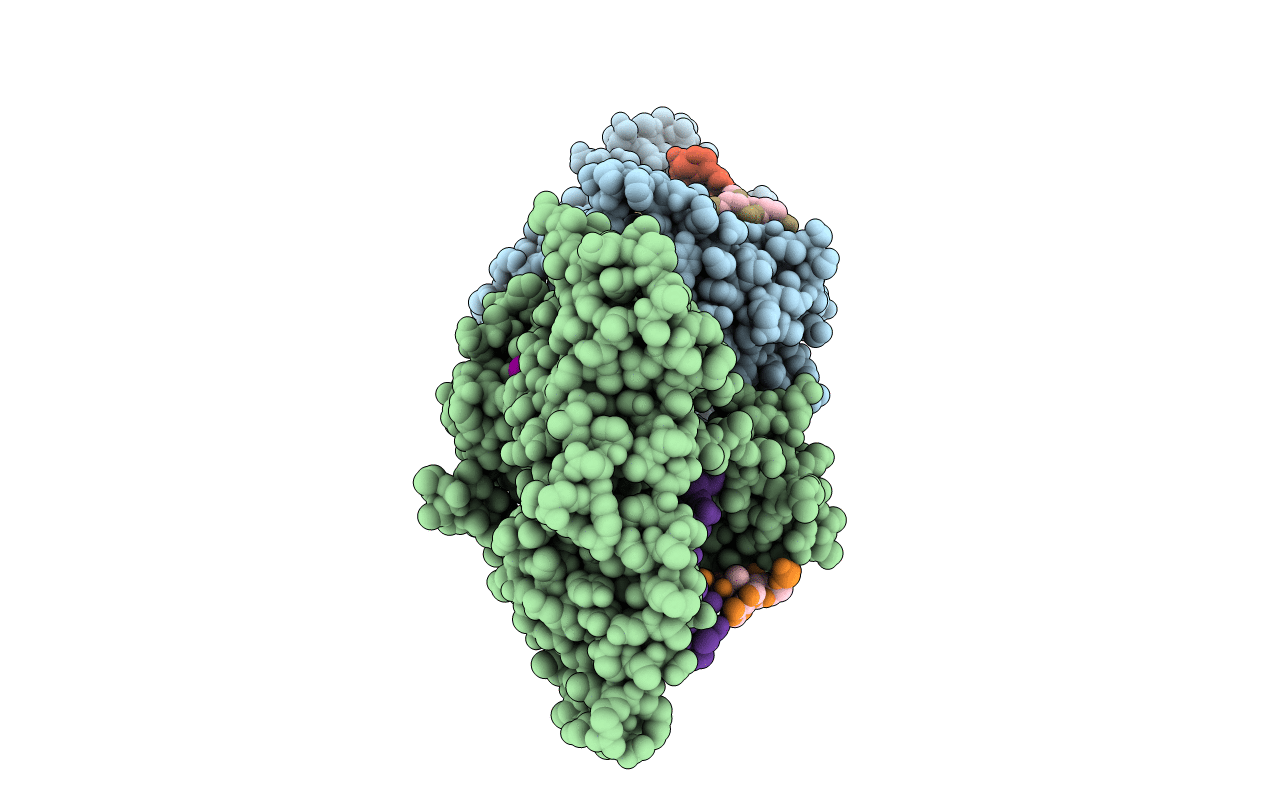
Deposition Date
2017-12-01
Release Date
2018-08-22
Last Version Date
2024-05-22
Entry Detail
PDB ID:
6BS1
Keywords:
Title:
Crystal Structure of Human DNA polymerase kappa in complex with DNA containing the major cisplatin lesion
Biological Source:
Source Organism:
Homo sapiens (Taxon ID: 9606)
synthetic construct (Taxon ID: 32630)
synthetic construct (Taxon ID: 32630)
Host Organism:
Method Details:
Experimental Method:
Resolution:
3.15 Å
R-Value Free:
0.29
R-Value Work:
0.24
R-Value Observed:
0.24
Space Group:
P 21 21 21


